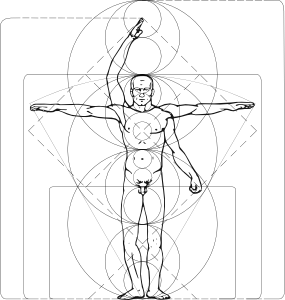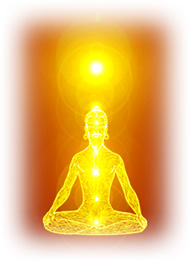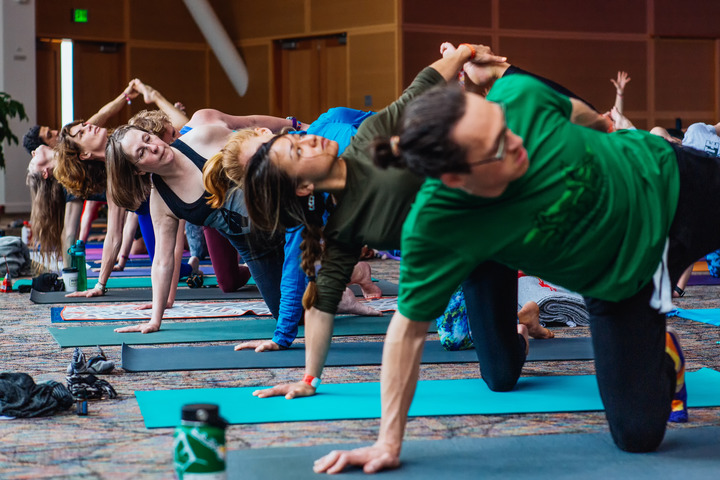tanya
Scientific Aspects of Yoga
 It is science, in modern conditions, that is an important factor determining the progressive transformations in any sphere of human activity, including yoga, as one of the most self-improving systems of human development in the methodological plan.
It is science, in modern conditions, that is an important factor determining the progressive transformations in any sphere of human activity, including yoga, as one of the most self-improving systems of human development in the methodological plan.
By a scientific approach, we will mean examining yoga in the aspect of the sciences that study the work of the human body and psyche in the most detail, such as: physiology (studies the structure and functioning of the physical body), biomechanics (studies the possibilities of optimizing the functioning of the musculoskeletal system), psychology (studies device and patterns of functioning of the psyche). Continue reading
Yama and Niyama – the foundation of good practice

Yama (control of mind and behavior) and Niyama (psycho-emotional and bodily purity) are the first two stages of yoga and the condition for its effective practice.
By practicing the Pit, we take control of actions in relation to the world. Here are five limitations:
1) Ahimsa – non-violence against anyone and for anything, including in relation to oneself and to the natural order in the world;
2) Satya – a rejection of lies, primarily self-deception;
3) Asteya – rejection of the desire to possess what does not belong to us;
4) Brahmacharya – restraint, refusal to indulge your passions, desires and weaknesses;
5) Aparigraha – refusal to accept gifts and good deeds. Complete self-sufficiency, readiness to always rely only on one’s own strength.
Without self-regulation, one cannot achieve higher states of consciousness. Five rules: Continue reading
Yantra Mandala for concentration and meditation.
 Yantra is the oldest magic resonator, existing from time immemorial in India, Tibet, China and other countries. It acts both at the psychophysiological level, changing the electrical activity of the brain, and at the level of psychoenergetics, creating an informational biological field. These fields can carry a protective activating harmonizing character, be tuned to a specific person or place.
Yantra is the oldest magic resonator, existing from time immemorial in India, Tibet, China and other countries. It acts both at the psychophysiological level, changing the electrical activity of the brain, and at the level of psychoenergetics, creating an informational biological field. These fields can carry a protective activating harmonizing character, be tuned to a specific person or place.
The application of color in yantra is symbolic. Color is never used to enhance the decorative qualities of a diagram, but expresses certain philosophical ideas and an internal state of consciousness.
The mandala, even when a square or a triangle is at the heart of this geometric composition, still has a concentric structure. Continue reading




